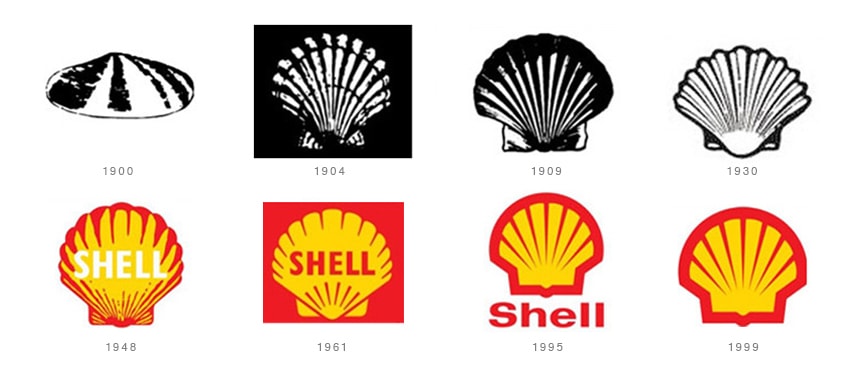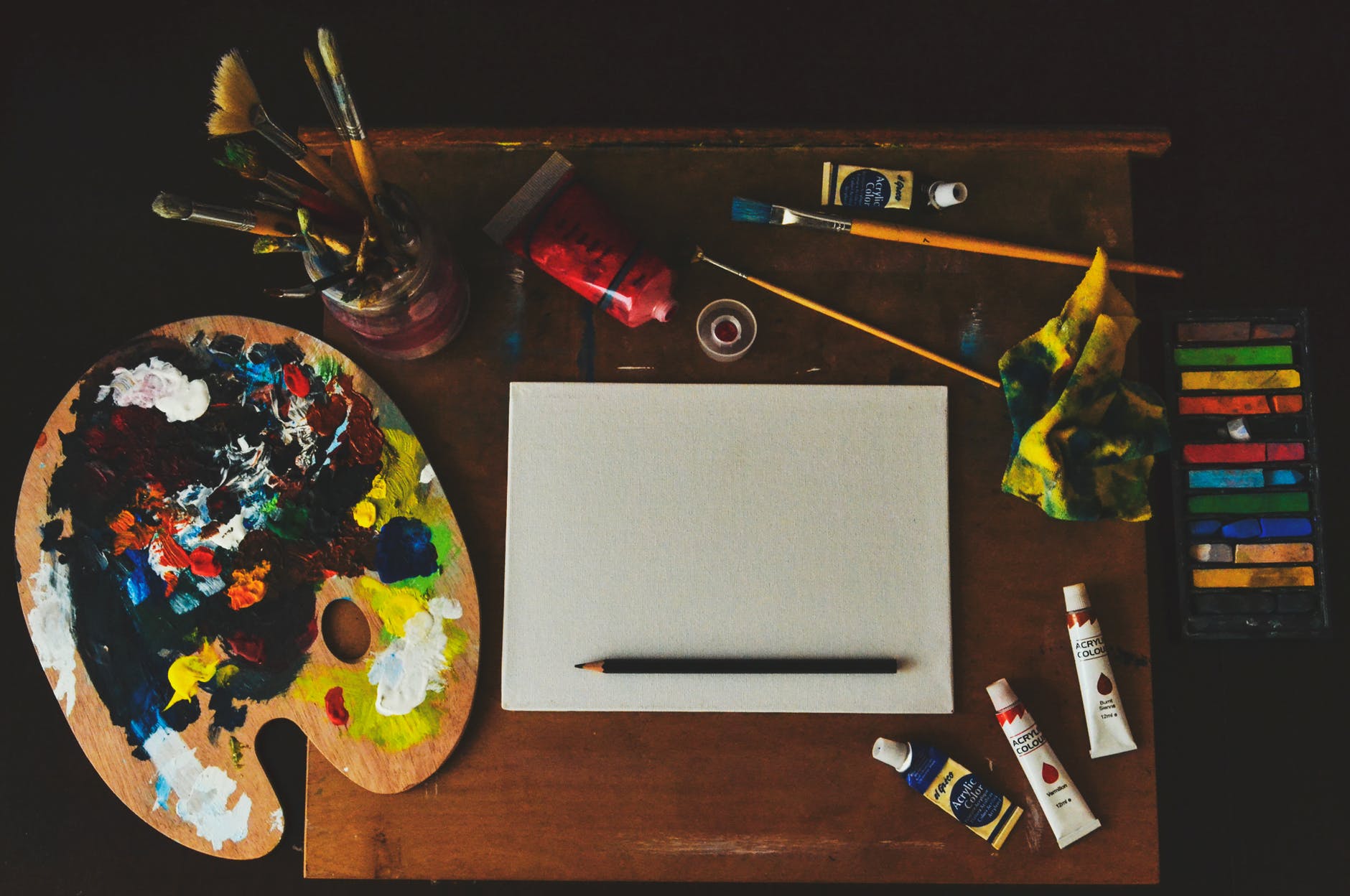As tastes and cultural landscapes shift, the way we view the art we love inevitably evolves. Are the curvaceous beauties in Rubens’ paintings still as attractive in the age of unrealistic beauty standards? Do Mondrian’s primary-colored blocks still have the same impact when technology can help anyone achieve the same result in seconds? Let’s try and answer the question, is art timeless or transient?
Time-traveling through art
Art allows us to jump through time. I recently went to an exhibition in the Thyssen-Bornemisza National Museum in Madrid. The collection was german expressionism, a style that isn’t a million miles away from my own. I loved the pieces, the way the paint was applied, the energy in the strokes, the explosive use of color. Examining that third dimension of how the medium was used is like observing a moment frozen in time, as much a sculpture as it is a painting.
Speaking of the visual representations themselves, landscapes, portraits, and works bordering on the abstract, there was no question to me that what I was looking at was timeless. Expressionism isn’t unique in that timelessness, but it is hard to define whether all art, to everyone, is timeless, or not. Is art affected by the shift in cultural perceptions of beauty?.
Aesthetic Subjectivity and Timelessness.
As we’ve discussed in other posts, art is completely subjective. The positive qualities of a piece’s aesthetic form are completely dependent on the tastes of the person viewing it. You, dear reader, could look at a work of art and love it for its color and form, and I could hate it for the same reasons. That is the nature of subjectivity.
With that in mind, our tastes evolve, not only individually but as a society and culture. To render all art and design as timeless would be naive. Our aesthetic tastes naturally change over time, look at how product design has evolved over the last 200 years.

Even taking that into consideration, there is an undeniable charm in nostalgia. I would much rather drive around in an E-Type Jaguar (1961-75) than a 2021 Jaguar F-TYPE. Is that a failure of design, my subjective taste, both? There are hundreds of examples of people choosing an older aesthetic over a newer one. With that in mind, calling all aesthetic taste transient would be equally as naive.
So, Is Art Timeless or Transient?
So where does that play into art? Well, I think we need to separate the subject of the art from the art itself. A man or woman in a 16th-century portrait may not seem attractive to you, but the portrait itself can. But how can that be?
A work of art is more than just what it represents. Van Gogh’s sunflowers aren’t just a picture of sunflowers, he imbued it with unique energy and fingerprint that is unmistakably his. It transcends the subject. Then there are also purely qualitative factors, the size of the piece, the visible strokes, and undulating waves of paint as it stands off of the canvas.
Perhaps I’m a romantic, but yes, I’d say art is timeless, at least great art is. But that is just my opinion. An opinion that is as subjective as art itself.

As you say grate art is timeless, even more, I would say timelessness is what measures great art. That’s why we continue appreciating an ancient Greek statue, a Romanic painting with its plain colours, a sore baroque work, even a split up anisette bottle of Juan Gris in Western culture, but we also love pre-Columbian pieces or far East creations. On the Other hand tastes and styles evolve. Artists who adapt their plays to them may reach recognition during their live, may be wealthy enough by selling their art (which is important) but would also be remembered and valued centuries later? It’s nota only a matter of subjective gaste, you can like or dislike Basquiat for instance but you know there’s something grate in his paintings, even you won’t consider the three Rubens’ graces hot anymore nevertheless you esteem their greatness. I think.